Increased Research Funding
The surge in research funding dedicated to neurocutaneous disorders is a notable driver for the Neurocutaneous Disorder Market. Government and private organizations are increasingly investing in studies aimed at understanding the genetic and environmental factors contributing to these conditions. This influx of funding supports clinical trials and the development of novel therapies, which are essential for addressing unmet medical needs. For instance, funding for research on neurofibromatosis has seen a significant rise, with millions allocated annually to explore potential treatments. As research progresses, the Neurocutaneous Disorder Market is likely to benefit from the introduction of innovative therapies and improved patient care strategies.
Expansion of Treatment Options
The expansion of treatment options available for neurocutaneous disorders is a significant factor influencing the Neurocutaneous Disorder Market. Recent developments in pharmacotherapy, including targeted therapies and immunotherapies, are providing new avenues for managing these complex conditions. The market is witnessing a shift towards personalized medicine, where treatments are tailored to the genetic profiles of patients. This trend is expected to enhance treatment efficacy and patient satisfaction. As more therapies receive regulatory approval, the Neurocutaneous Disorder Market is poised for growth, with an increasing number of patients seeking innovative treatment solutions.
Advancements in Diagnostic Technologies
Technological advancements in diagnostic tools are significantly influencing the Neurocutaneous Disorder Market. Enhanced imaging techniques, such as MRI and genetic testing, allow for earlier and more accurate diagnosis of neurocutaneous disorders. These innovations facilitate timely intervention, which is crucial for improving patient outcomes. The market for diagnostic tools is projected to grow, with estimates indicating a compound annual growth rate of over 10% in the coming years. As diagnostic capabilities improve, healthcare providers are better equipped to identify and manage these complex conditions, thereby driving demand for associated therapeutic options within the Neurocutaneous Disorder Market.
Growing Awareness and Education Initiatives
The rise in awareness and educational initiatives surrounding neurocutaneous disorders is driving growth in the Neurocutaneous Disorder Market. Non-profit organizations and advocacy groups are actively working to educate both the public and healthcare professionals about these conditions. Increased awareness leads to earlier diagnosis and treatment, which is crucial for managing symptoms effectively. Campaigns aimed at educating communities about the signs and symptoms of neurocutaneous disorders are becoming more prevalent, potentially increasing the number of diagnosed cases. This heightened awareness is likely to stimulate demand for specialized treatments and support services within the Neurocutaneous Disorder Market.
Rising Prevalence of Neurocutaneous Disorders
The increasing incidence of neurocutaneous disorders is a primary driver for the Neurocutaneous Disorder Market. Conditions such as neurofibromatosis and tuberous sclerosis complex are becoming more recognized, leading to heightened awareness among healthcare professionals and patients alike. Recent estimates suggest that neurofibromatosis affects approximately 1 in 3,000 individuals, while tuberous sclerosis complex has a prevalence of about 1 in 6,000. This growing prevalence necessitates the development of targeted therapies and comprehensive care strategies, thereby propelling market growth. As more individuals are diagnosed, the demand for specialized treatments and support services within the Neurocutaneous Disorder Market is likely to increase, fostering innovation and investment in research and development.
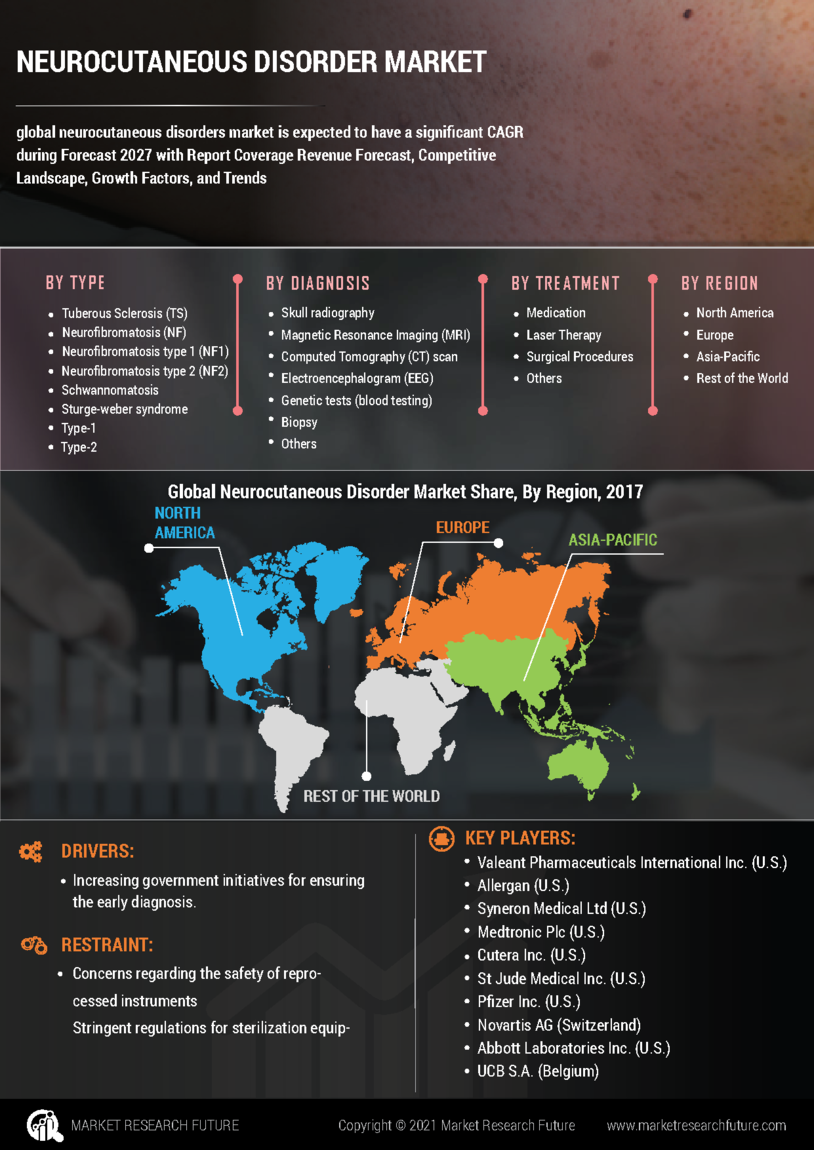

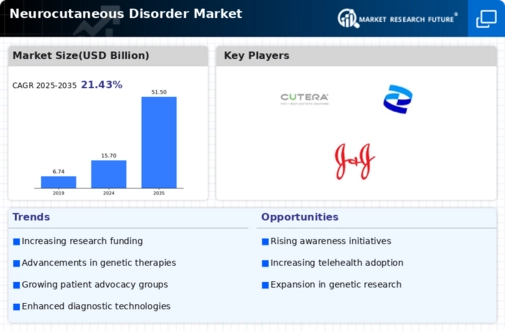
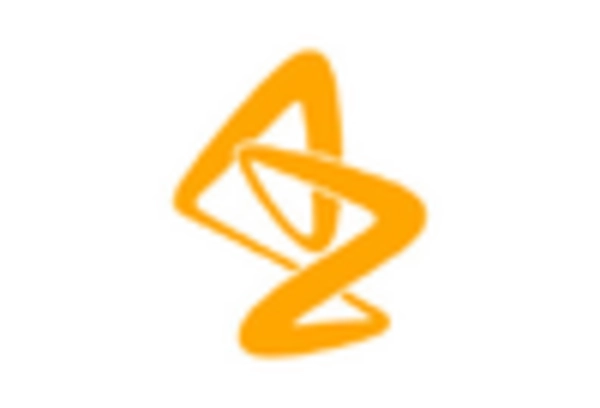

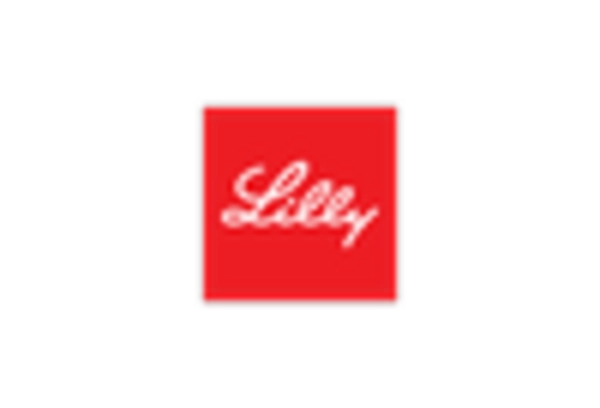

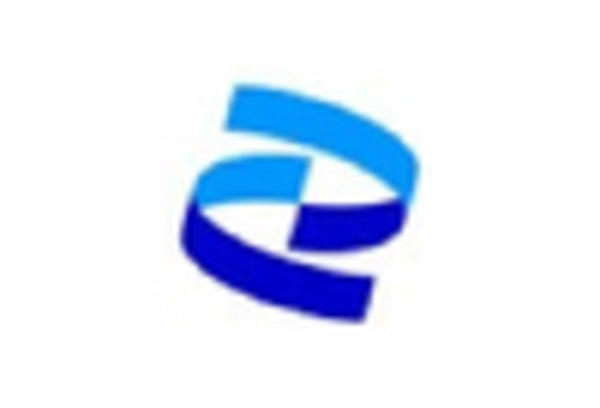
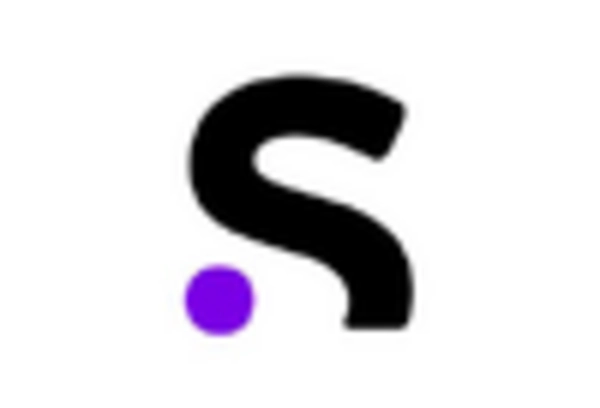








Leave a Comment